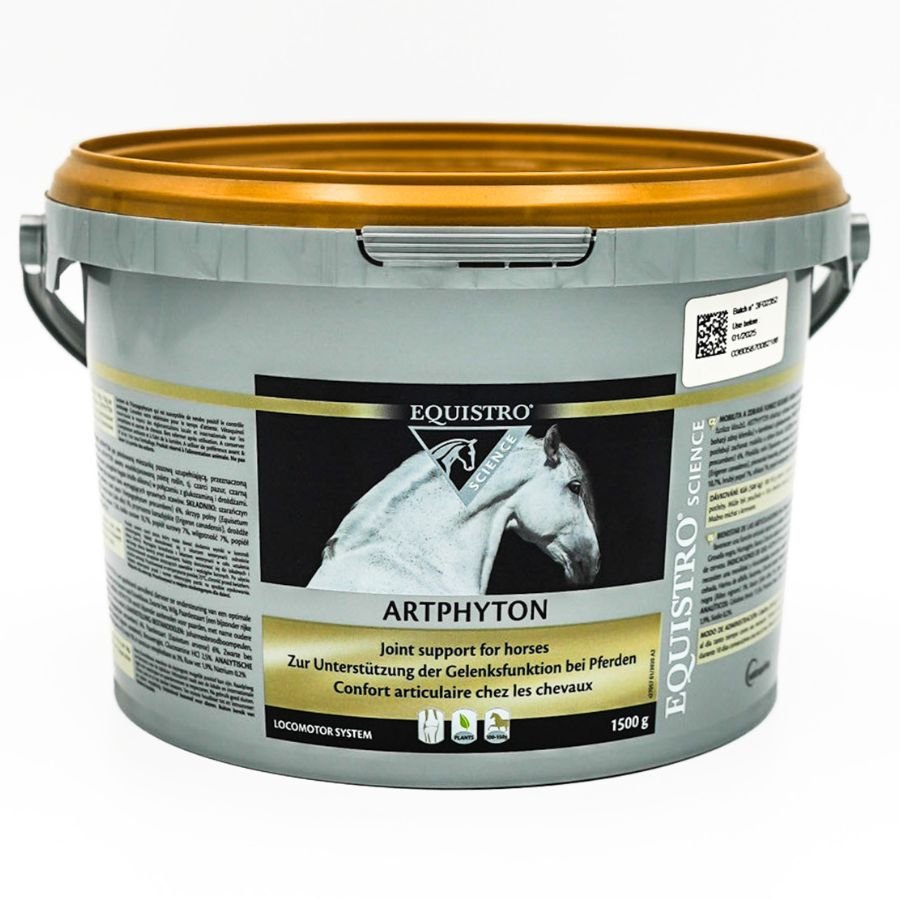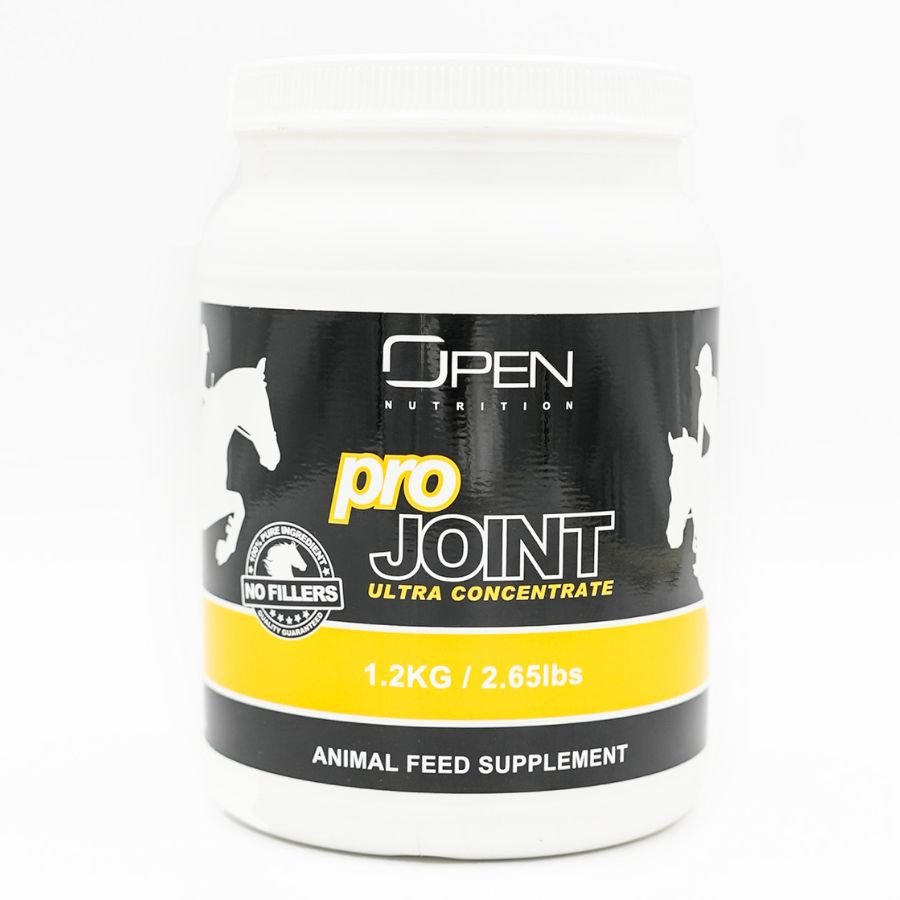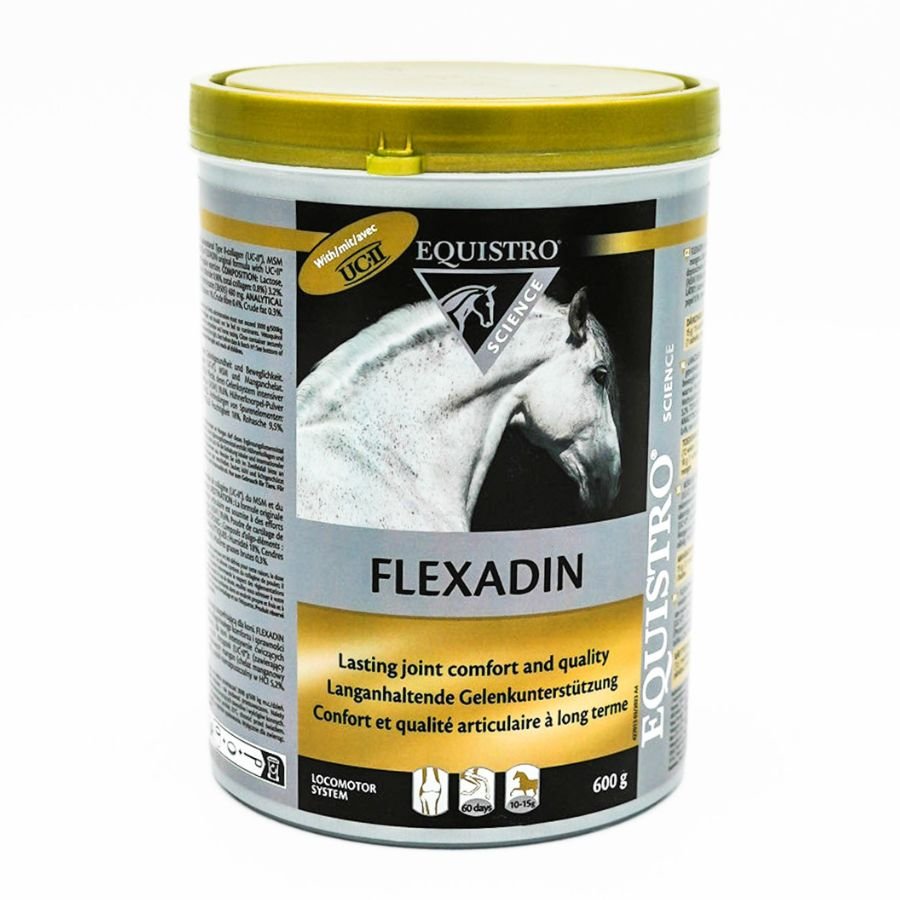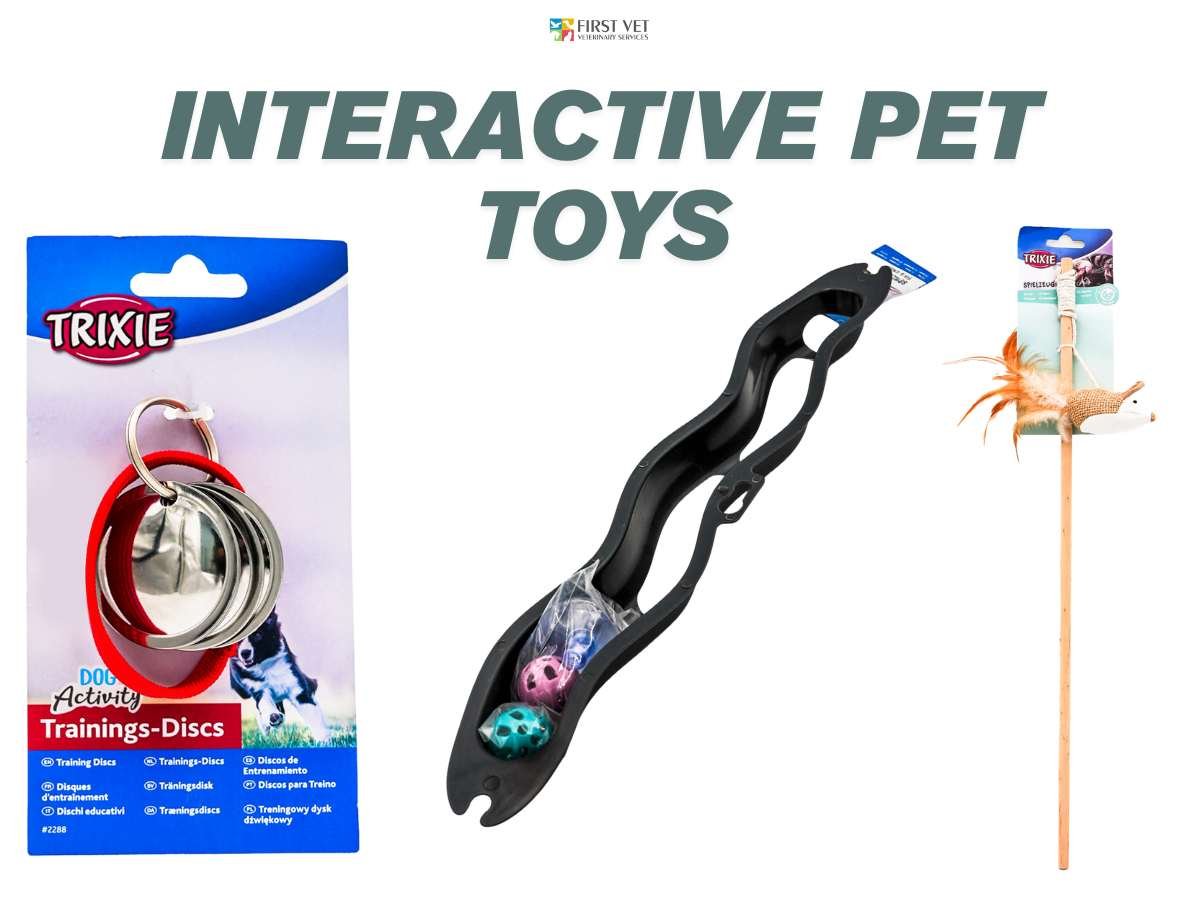No products in the cart.

Horse Joint Pain Supplement: How to Manage Inflammation and Pain in Racing Horses
Racing horses are elite athletes. They’re powerful, fast, and highly trained, but they’re also prone to inflammation and joint pain due to the high physical demands placed on their bodies. As a horse owner, trainer, or caretaker, you have a responsibility to maintain healthy joints in your horses by managing inflammation early and keeping your horse’s joints healthy. Taking steps to maintain healthy joints isn’t just important for performance; it’s critical for long-term health and quality of life.
In this guide, we’ll explore what causes inflammation and joint pain in racing horses, how to recognize the signs, and most importantly, what you can do to manage it effectively, including proven solutions like horse joint pain supplement that can help protect your horse’s mobility and performance.
What Causes Joint Pain and Inflammation in Racing Horses?
Joint pain in horses typically stems from:
- Repetitive strain and impact from racing and training
- Osteoarthritis or early joint degeneration
- Soft tissue inflammation around the ligaments, tendons, and other soft tissues, as well as damage to the connective tissue that supports joint stability
- Wear and tear in the cartilage from overuse
- Inadequate nutrition or lack of joint-protecting nutrients
Joints are formed where two bones meet, and this area is surrounded by a joint capsule that encloses and protects the joint. The joint space, which separates the two bones, is filled with synovial fluid and lined with articular cartilage. Degeneration of the articular cartilage and narrowing of the joint space are major contributors to joint problems and poor performance in racing horses.
Horses that train and race intensively experience microtrauma in their joints and connective tissues, which leads to inflammation. If unmanaged, it can progress into chronic pain and lameness.
Common Signs of Joint Inflammation in Horses
Knowing what to look for can help you intervene early. Watch out for:
- Swelling around joints
- Stiffness before or after exercise
- Decreased performance or refusal to train
- Uneven gait or limping
- Sensitivity to touch or pressure on the legs
- Behavioural changes (irritability, reluctance to move)
If you notice any of these signs, it’s time to evaluate your horse’s joint health seriously.
How to Manage Joint Pain in Racing Horses
Managing joint pain in horses involves a combination of prevention, early action, and ongoing support. These strategies are designed to support joint health and prevent long-term issues. Supporting joint health through a combination of management practices and supplements is essential for maintaining mobility and comfort. Let’s break it down:
1. Provide Proper Warm-Up and Cool-Down
Never rush into training or competition. A well-structured warm-up helps stimulate joint fluid, increasing lubrication and range of motion. Similarly, cooling down prevents lactic acid buildup and reduces inflammation post-exercise.
Tip: Always include at least 10–15 minutes of gentle walking and trotting at the beginning and end of each session.
2. Use Anti-Inflammatory Horse Joint Pain Supplement
High-quality joint supplements can reduce inflammation, protect cartilage, and support overall joint function. Many equine joint supplements are specially formulated with key ingredients such as omega-3 fatty acids, chondroitin sulfate, hyaluronic acid (HA), and MSM to provide joint support and promote healthy cartilage. Ingredients like linseed oil and fish oil are natural sources of essential fatty acids, which have anti-inflammatory effects and beneficial effects on joint comfort and mobility.
Recommended Products: Artphyton by Equistro

This liquid supplement is rich in plant extracts like boswellia (also known as Indian frankincense, traditionally used to support joint health and a normal inflammatory response), meadowsweet, and willow, combined with MSM and antioxidants. It helps naturally reduce inflammation and supports recovery after intense training.
- Promotes flexibility in joints and tendons
- Offers anti-inflammatory and pain-relieving effects
- Provides beneficial effects in managing inflammation and supporting recovery
- Ideal for racing and performance horses needing rapid recovery
3. Maintain Joint Structure with Daily Nutrients
To prevent cartilage breakdown and maintain joint elasticity, daily supplementation with cartilage-protecting compounds is key, as it provides the building blocks necessary for cartilage synthesis and healthy cartilage. These nutrients help maintain joint health throughout a horse’s life.
Recommended Products: Pro-Joint Equine Joint Supplement by Open Nutrition

This supplement includes glucosamine, chondroitin sulfate, MSM, and hyaluronic acid (HA)—all essential for maintaining articular cartilage and the joint space, as well as cartilage regeneration and joint fluid health.
- Supports healthy joint function by promoting cartilage integrity, joint lubrication, and shock absorption
- Supports long-term joint mobility
- Helps cushion joints during impact
- Easy-to-mix powder ideal for daily feeding
4. Support the Metabolism of Joints and Delay Degeneration
Inflammation and joint damage don’t just affect performance—they can cause long-term degeneration. That’s why supporting the metabolism of the joint cartilage is important. Proper equine nutrition is essential for maintaining a horse’s joint health throughout every life stage, from young horses to seniors. Supporting horse joints with targeted nutrients can help prevent degeneration and maintain mobility.
Recommended Products: Flexadin by Equistro

Formulated with UC-II® collagen, Omega-3s, and Vitamin E, Flexadin targets joint metabolism and helps slow down degeneration.
- Improves joint resilience and elasticity
- Ideal for horses with early-stage arthritis or chronic joint stress
- Comes in palatable chewable pellets for daily administration
5. Monitor Weight and Hoof Health
Excess weight puts extra stress on joints. Similarly, poor hoof trimming or shoeing leads to uneven pressure and joint inflammation.
Regular farrier visits and maintaining optimal body condition can go a long way in joint protection.
6. Cold Therapy and Physical Therapy
Cold hosing, ice boots, and gentle massage can relieve inflammation after exercise. When combined with stretching or light groundwork, it enhances circulation and joint mobility.
Consult your vet or equine physiotherapist for a tailored recovery plan.
7. Schedule Regular Veterinary Checkups
Early diagnosis can prevent minor inflammation from turning into serious joint disease. Ask your vet about joint injections, x-rays, or flexion tests when needed.
When to Use Horse Joint Pain Supplement: Prevention vs. Treatment
| Scenario | Recommended Product |
| Preventing early joint stress in young racers | Pro-Joint Equine Joint Supplement |
| Managing active inflammation post-training | Artphyton by Equistro |
| Supporting aging or chronically stressed joints | Flexadin by Equistro |
Why Supplements Are Better Than Waiting for a Crisis
Joint degeneration in horses is usually irreversible. Acting early with the right supplement helps your horse:
- Stay mobile and flexible
- Avoid joint injections or surgical intervention
- Continue training and competing longer
- Reduce pain and discomfort
- Recover faster from intense workouts
When used correctly, supplements like Artphyton, Pro-Joint, and Flexadin provide layered support, reducing inflammation, protecting cartilage, and improving overall performance.
Final Thoughts: Take Action Before It’s Too Late
Managing inflammation and joint pain in racing horses is not just about treatment—it’s about early action and daily care. From exercise routines and hoof balance to choosing the right supplements, every small step adds up.
If your horse is showing signs of discomfort, stiffness, or slower recovery, don’t wait. Choose joint-supportive products that have been formulated for racing and performance horses under stress.
Explore our vet-approved joint health products at First Vet Qatar today:
- Artphyton by Equistro – For fast-acting anti-inflammatory support
- Pro-Joint Equine by Open Nutrition – For daily joint protection
- Flexadin by Equistro – For long-term joint maintenance
FAQ: Managing Joint Pain in Racing Horses
Q1: How early should I start joint supplements for my racing horse?
A: Ideally, before signs of inflammation begin. Horses in active training should start with preventative supplements like Pro-Joint Equine to maintain cartilage and reduce long-term stress.
Q2: Can supplements replace veterinary treatments like injections?
A: Supplements can delay or reduce the need for more invasive treatments. However, in advanced cases, your vet may recommend injections alongside ongoing nutritional support like Flexadin.
Q3: How long do supplements like Artphyton or Flexadin take to show results?
A: Some horses may show improvement within 2–4 weeks of consistent use, especially with Artphyton. Chronic issues may take longer, but will benefit from continued use.
Q4: Are these products safe for competition horses?
A: Yes, all products listed are safe and commonly used in performance horses. Always check with your vet before competition season for any withdrawal timelines if applicable.
Let your horse race stronger, recover faster, and move freely—start protecting their joints today.
Legal Disclaimer:
This article is for educational purposes only and does not replace professional veterinary advice. Always consult your veterinarian before starting any new treatment or supplement.




